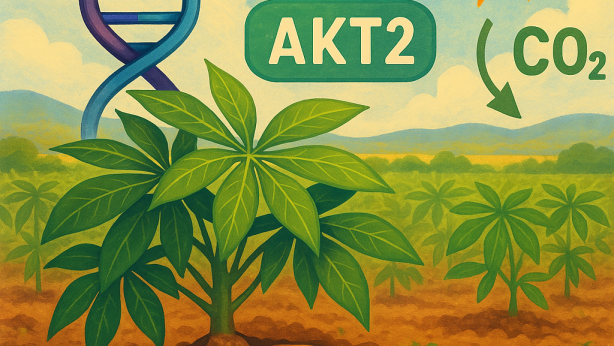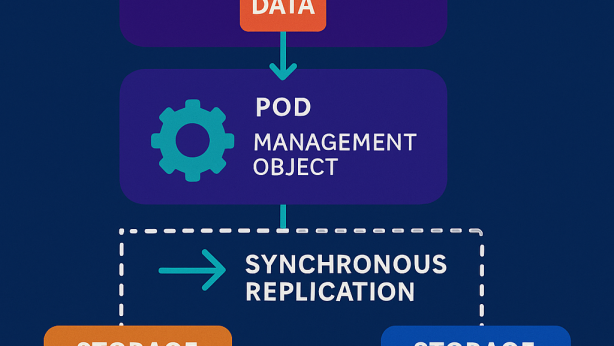Multimedia Communication System And Method

Invented by Greer; Neil, Blank; Bennett, Depew; Bryan, Impact Engine, Inc.

Let’s dive straight into one of the most interesting inventions in the world of digital communications. This patent application describes a system and method for creating, editing, sharing, and distributing media-rich web-based communications. If you’ve ever wanted to make a beautiful presentation, website, or ad without hiring a designer or learning to code, this invention might just be your answer. But what’s really going on under the hood, and how does it change the way we communicate online?
Background and Market Context
To understand why this invention is important, we need to look at the bigger picture. In today’s world, almost every business, big or small, needs to connect with people online. Whether they’re launching a new product, sharing news, or trying to get attention with ads, they need tools to make this easy and effective. But creating good-looking online content isn’t simple. Most people hire designers or agencies to do the job, and that can cost a lot of money and take a lot of time. Small businesses often can’t afford it, and even big companies spend more than they want. The process is slow, expensive, and sometimes confusing.
This is where the invention comes in. It promises a way for anyone — even people without design or coding skills — to make high-quality, interactive communications. Imagine making a slideshow, an ad, or a website with just a few clicks, adding your own pictures, text, videos, and music, and sharing it everywhere, all by yourself. No need to learn complex software or hire anyone. That’s a big promise, and if it works, it can save businesses time and money, and help them move faster in a world that never waits.

The market for such tools is huge and growing. People want to do more online, but they want it to be easy. There are already some tools out there, but most aren’t flexible enough, or they require some technical know-how. The need for a simple, powerful solution is clear. If you can make it easy for people to tell their story online, you’ve got a winner.
Scientific Rationale and Prior Art
Let’s look deeper at what’s already out there and why this invention is different. In the past, if you wanted to make something like an online presentation or a fancy ad, you had a few choices. You could use programs like PowerPoint or Keynote, but those are mostly for slideshows, and sharing them online can be tricky. If you wanted something more interactive, like an animated web ad or a dynamic webpage, you might use software like Adobe Flash, or hire someone to write code for you. Some newer tools let you drag and drop elements to make a web page, but even those can be confusing or limited in what you can do.
Most of these systems work by letting you stack media — like images, text, video, and sound — on top of each other, kind of like layers in a painting. But they usually don’t let you easily change things on the fly, or share your work in lots of different formats. If you want to update your ad or website, you might need to go back to your designer, make changes, and wait for a new version. That’s slow, and it’s easy to make mistakes or lose track of which version is which.

Some “software as a service” (SaaS) tools have tried to make things easier. They let you create content online and share it with others. But most of these tools have limits. Maybe you can’t use your own media, or you can’t easily adjust the layout. Maybe you can’t broadcast your work in different formats (like HTML, PDF, or video), or you can’t make real-time updates that show up everywhere at once. And if you want to track how people interact with your content, that’s usually extra work.
The scientific idea behind the new invention is to combine all these pieces in one place. It uses a smart way of storing your work as a “project object” — think of it as a digital file that keeps track of everything: your slides, your images, your sounds, your videos, and even information about how each piece should look or behave (like size, color, or format). This project object is organized using layers, so you can control what’s in the background, what’s in the front, and what shows up on top. Each part is wrapped in metadata, which is just extra information that helps the system know how to display or move things around.
What’s new is how this system lets you build, edit, and share your work in a way that’s both flexible and automatic. It lets you assign media to different layers, adjust how everything looks, and then — with the click of a button — turn your project into lots of different formats for sharing, like emails, web pages, or even printed brochures. If you change something, the system can update all the copies everywhere, so you don’t have old versions floating around. And it can even adjust your content to fit different devices, like phones or tablets, so it always looks good.
Invention Description and Key Innovations
Now let’s get into what the invention actually does, and why it matters. Imagine you’re a business owner who wants to make an ad for the web, a brochure to print, and a slideshow for a trade show. With this system, you log into a website and see a user interface that looks friendly and simple. You pick a template, which is like a starting point — maybe it’s a modern ad, a classic brochure, or a slideshow.

Each template is made of slides, and each slide has different layers — a background, a main area for your message, maybe a spot for a logo or a headline. You can drag your own images, add your own text, upload a video or audio clip, and arrange them however you want. The system helps by asking simple questions or giving prompts, so you don’t get lost. Under the hood, every piece you add is stored with information about how big it is, what type it is, and how it should look. This is the metadata.
When you’re happy with your design, the magic happens. The system takes all your work — the project object — and turns it into a special data structure that can be “rendered” (which means turned into something people can see or use). It can then convert your project into many different formats: maybe a web page using HTML, a video, a PDF for printing, or even an email that looks great in any inbox. If your audience is on phones, the system can shrink or rearrange things to fit smaller screens or slower internet speeds.
If you need to update your message — say you want to change a price, or add a new picture — you can do it once, and the system will update all the versions everywhere, instantly. No more old ads or out-of-date websites. The system keeps track of who’s seen your message and how they interacted with it, so you know what’s working. You can even share your project with others, letting a team or a big company all use the same basic design, but each person can customize it as needed. The system keeps everything in sync, following rules set by an administrator, so the brand stays consistent but everyone gets what they need.
Key innovations include:
– Layered design: Each communication is built using layers (background, main content, foreground), so you can control what shows up where. This makes editing and updating easy.
– Metadata-driven: Every piece of content is stored with extra information (metadata) about how it should be displayed. This enables smart, automatic adjustments and updates.
– Real-time updates: Change something once, and the system updates all copies everywhere, right away.
– Multi-format output: The system can turn your project into web pages, videos, PDFs, emails, and more, all from one place.
– Device-aware: Content automatically adjusts to look good on any device, big or small.
– Easy sharing and teamwork: Businesses can let teams or departments use the same designs, but with their own tweaks, all under one system.
– No coding required: All the hard work is done behind the scenes. You just pick, drag, and drop.
For developers or advanced users, there’s even an option to tap into deeper controls, but for most people, it’s as easy as using a slideshow app. The invention is built to work as a service on the internet, so you don’t need to install anything. Everything is stored securely online, and you can access your projects from anywhere.
Conclusion
This patent application shows a big step forward in how we create and share digital communications. By making it possible for anyone to build, edit, and distribute media-rich content — without a designer or coder — the invention opens the door for businesses of all sizes to tell their story online. It saves time, cuts costs, and helps teams stay in sync. The use of layers, templates, metadata, and real-time updates makes the process smooth and simple. Everything is handled online, and the system smartly adapts your work for any situation or device. For anyone looking to make a mark online, this invention is a game-changer, giving the power of professional design to everyone.
Click here https://ppubs.uspto.gov/pubwebapp/ and search 20250217851.


